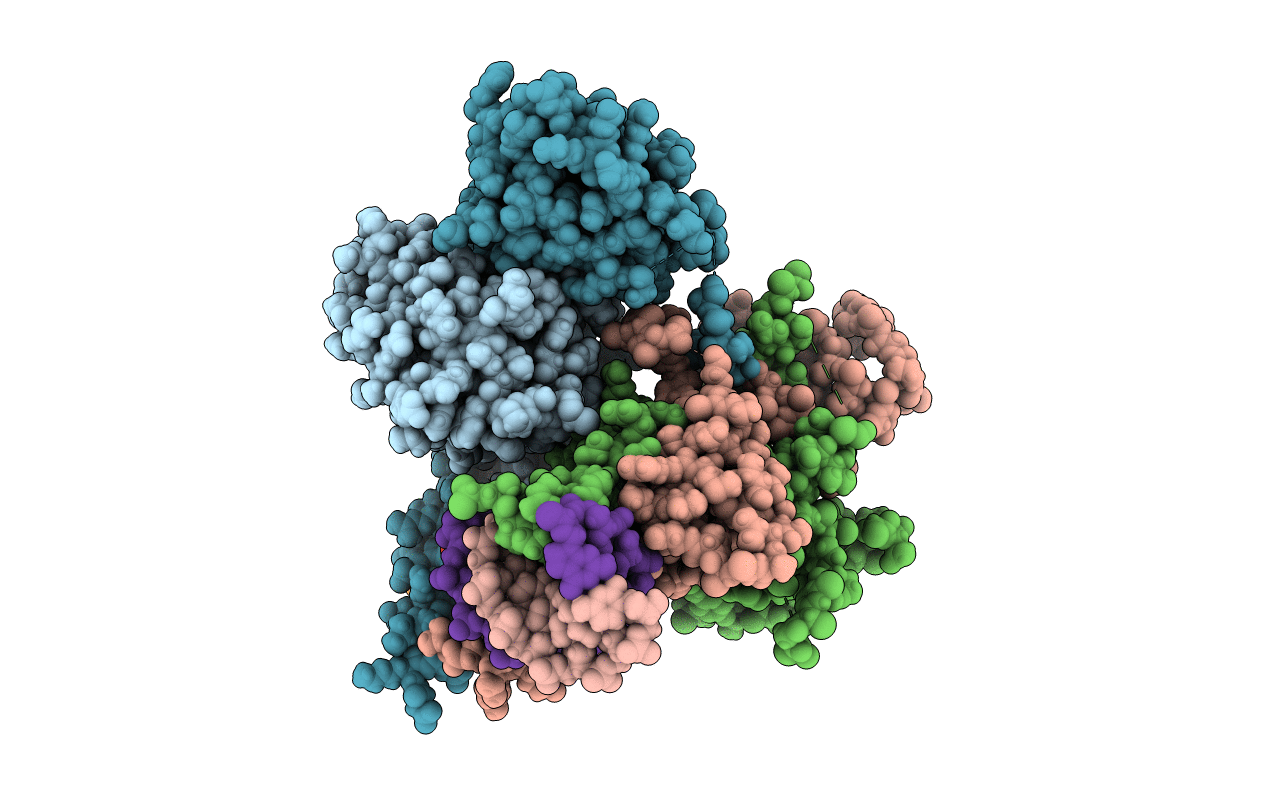
Deposition Date
2017-03-28
Release Date
2017-06-28
Last Version Date
2024-05-08
Entry Detail
PDB ID:
5NJ8
Keywords:
Title:
Structural basis for aryl hydrocarbon receptor mediated gene activation
Biological Source:
Source Organism:
Homo sapiens (Taxon ID: 9606)
Mus musculus (Taxon ID: 10090)
Mus musculus (Taxon ID: 10090)
Host Organism:
Method Details:
Experimental Method:
Resolution:
3.30 Å
R-Value Free:
0.33
R-Value Work:
0.29
R-Value Observed:
0.29
Space Group:
P 65 2 2


